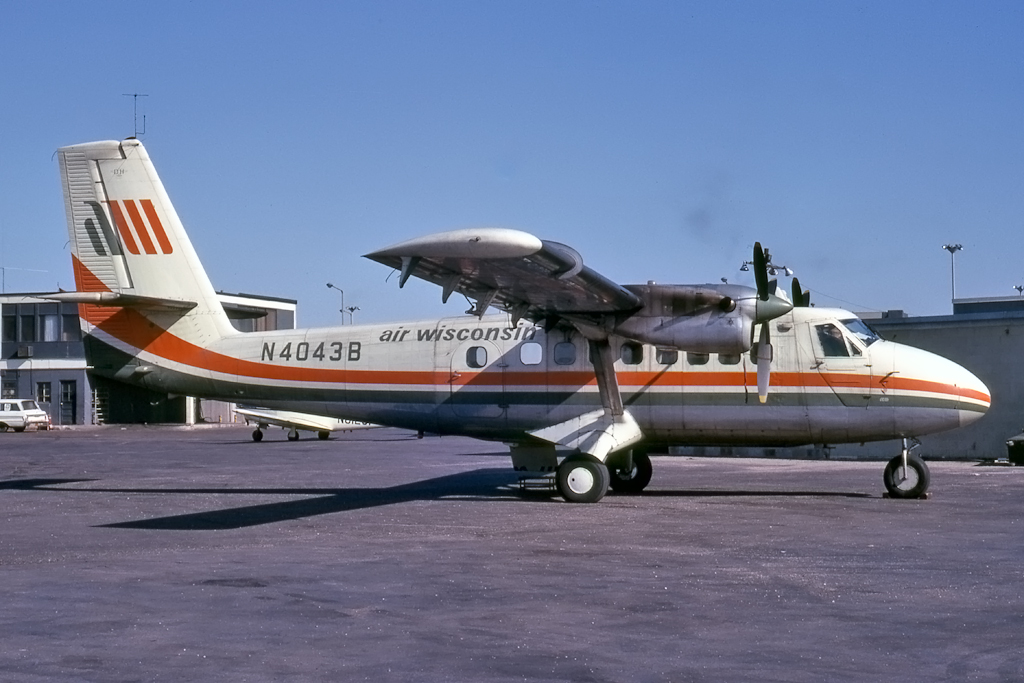Crash of a Cessna 402B in Madison
Date & Time:
Dec 16, 2008 at 2252 LT
Registration:
N4504B
Survivors:
Yes
Schedule:
Appleton - Milwaukee
MSN:
402B-1370
YOM:
1978
Flight number:
FRG1531
Crew on board:
1
Crew fatalities:
Pax on board:
0
Pax fatalities:
Other fatalities:
Total fatalities:
0
Captain / Total hours on type:
274.00
Aircraft flight hours:
12805
Circumstances:
The on-demand cargo flight departed for the destination airport and was delayed en route due to repetitive destination airport closures. The closures were the result of snow-contaminated runways. The pilot then diverted to an alternate airport due to concerns about remaining fuel reserves. The airplane experienced a loss of engine power during an instrument approach at the alternate airport and impacted the ground about 200 yards short of the landing runway. A postaccident inspection of the airplane revealed no usable fuel on board.
Probable cause:
The pilot’s improper fuel management, which resulted in a loss of engine power during an instrument landing due to fuel exhaustion.
Final Report:






